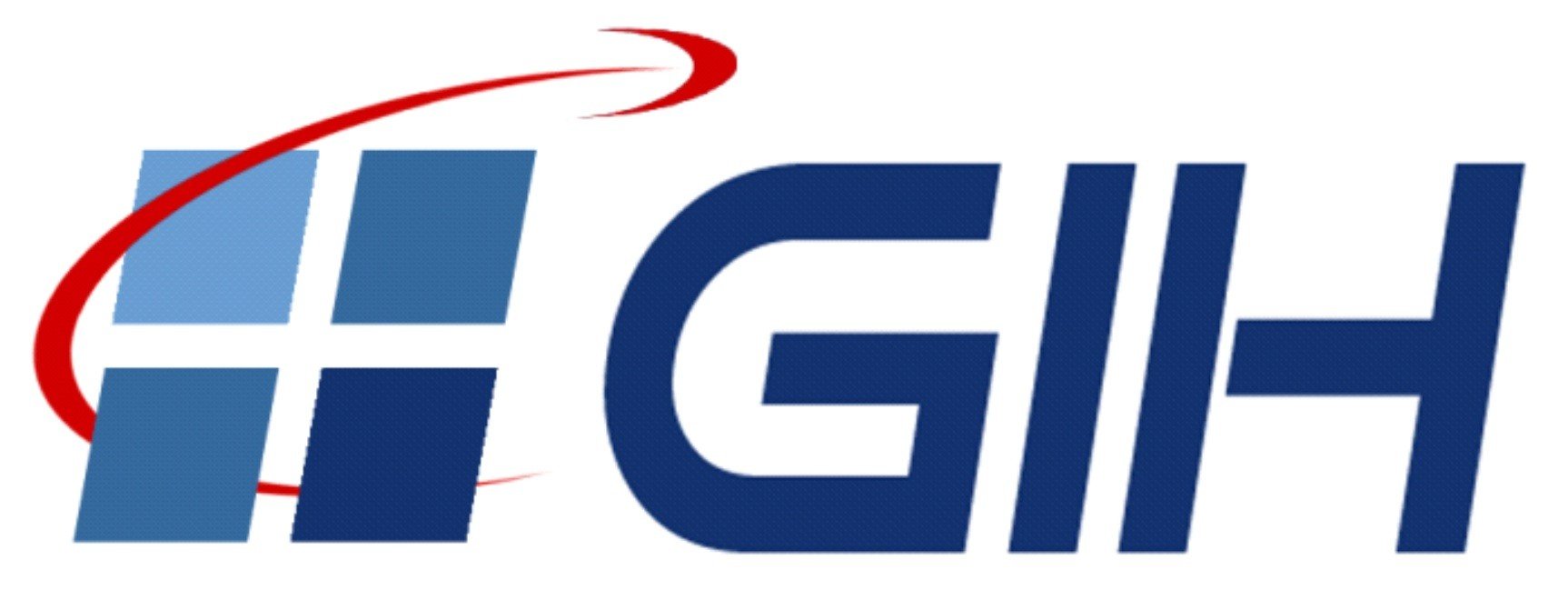Intelligent 3D Crack Reconstruction using Close Range Photogrammetry Imagery
- verfasst von
- Soheil Majidi, Mohammad Omidalizarandi, M.A. Sharifi
- Abstract
Civil infrastructure structural health monitoring (SHM) and its preservation from deterioration is a crucial task. In general, natural disasters like severe earthquakes, extreme landslides, subsidence or intensive floods directly influence the health of civil structures such as buildings, bridges, roads and dams. Evaluation and inspection of defects and damages of the aforementioned structures help to preserve them from destruction by accelerating rehabilitation and reconstruction. An automatic and precise crack detection framework is required for periodic assessment and inspection due to the large number of the structures. In this study, a two-step crack segmentation and its 3D reconstruction procedure is proposed. The crack segmentation is carried out by using Deeplabv3+ architecture and Xception as the backbone. Next, Squeeze-and-Excitation is added as an attention module to achieve higher accuracy. Integration of predicted masks and original images into a structure-from-motion procedure is additionally taken into account. In the last step, ground control points and scale bars are considered to overcome the problem of datum rank deficiency in absolute orientation through the bundle adjustment procedure in aerial triangulation. The most probable segmented cracks are overlaid on the 3D point clouds in the global coordinate system with true scale. Our network is trained based on 8000 images and their corresponding masks, leading to 69% in Intersection over Union (IoU) index. Submillimeter accuracy of crack reconstruction using the proposed methodology is validated with a scale bar.
- Organisationseinheit(en)
-
Geodätisches Institut
- Externe Organisation(en)
-
University of Tehran
- Typ
- Konferenzaufsatz in Fachzeitschrift
- Journal
- ISPRS Annals of the Photogrammetry, Remote Sensing and Spatial Information Sciences
- Band
- 10
- Seiten
- 443-450
- Anzahl der Seiten
- 8
- ISSN
- 2194-9042
- Publikationsdatum
- 14.01.2023
- Publikationsstatus
- Veröffentlicht
- Peer-reviewed
- Ja
- ASJC Scopus Sachgebiete
- Umweltwissenschaften (sonstige), Instrumentierung, Erdkunde und Planetologie (sonstige)
- Elektronische Version(en)
-
https://doi.org/10.5194/isprs-annals-X-4-W1-2022-443-2023 (Zugang:
Offen)






